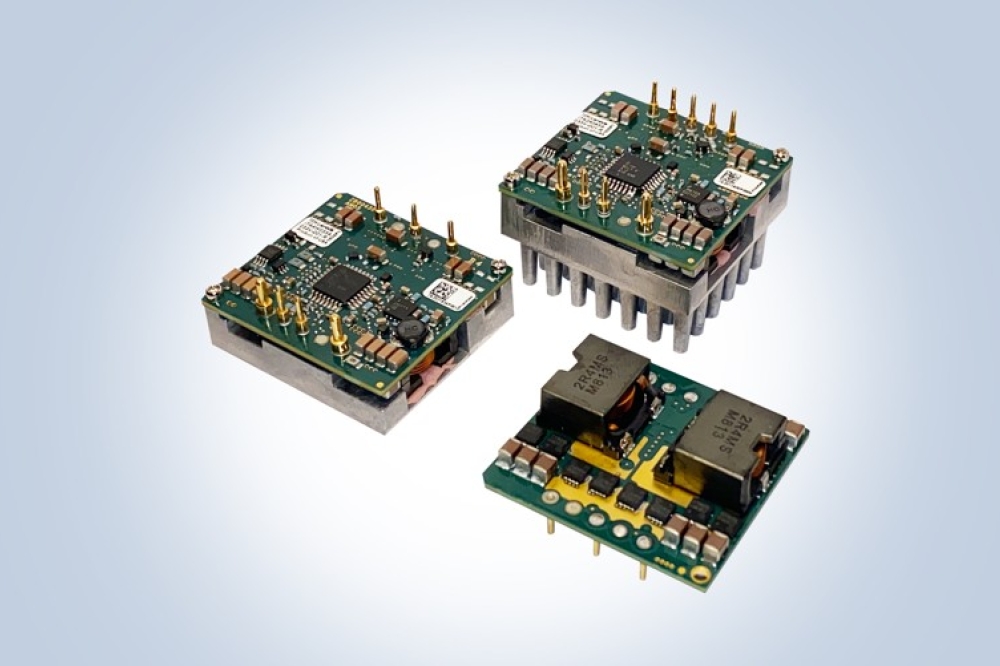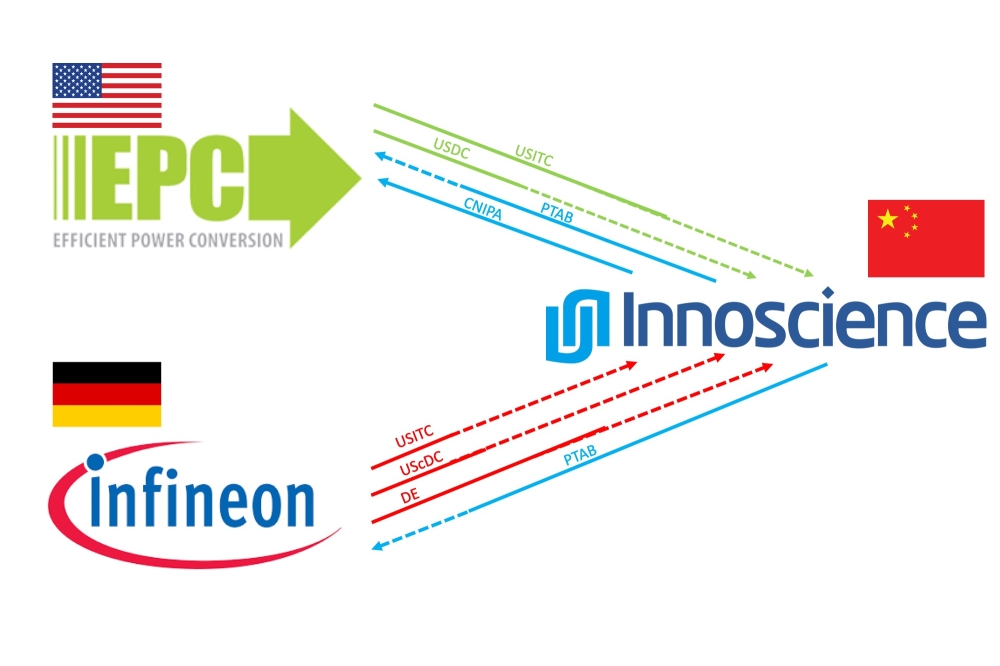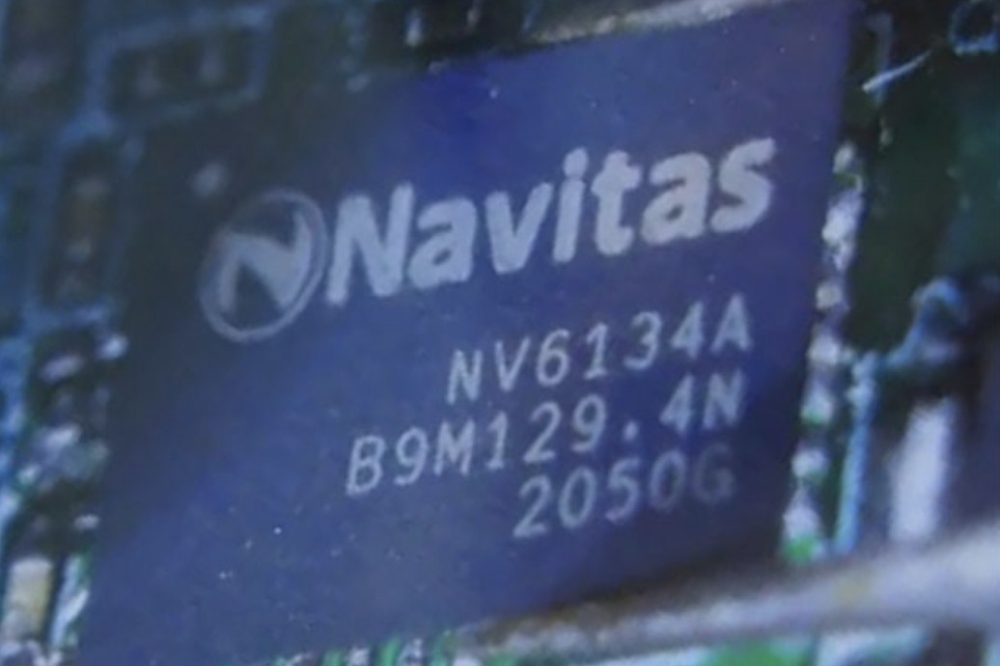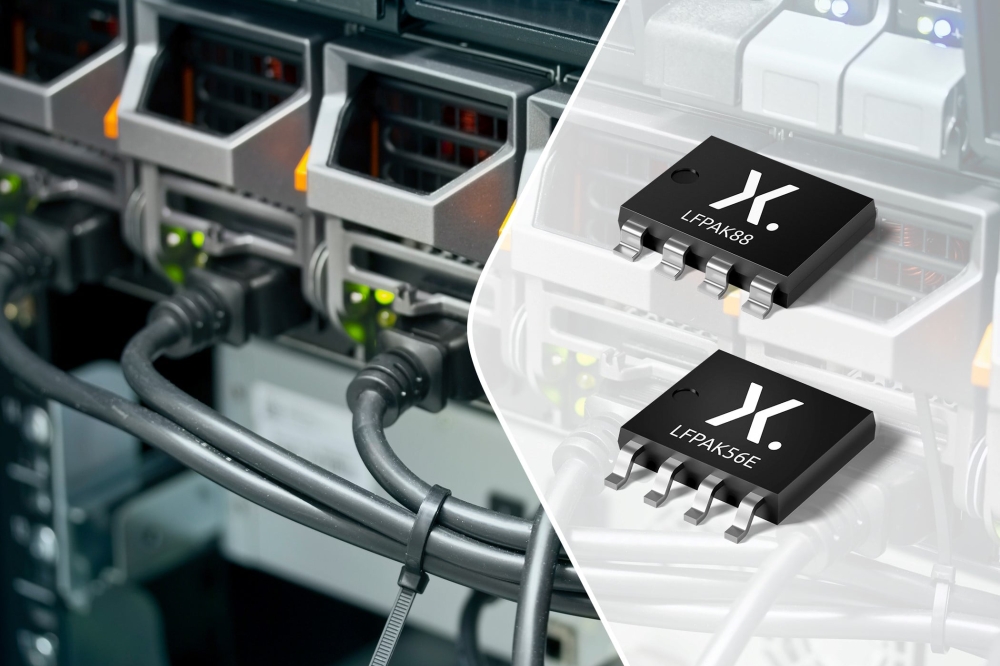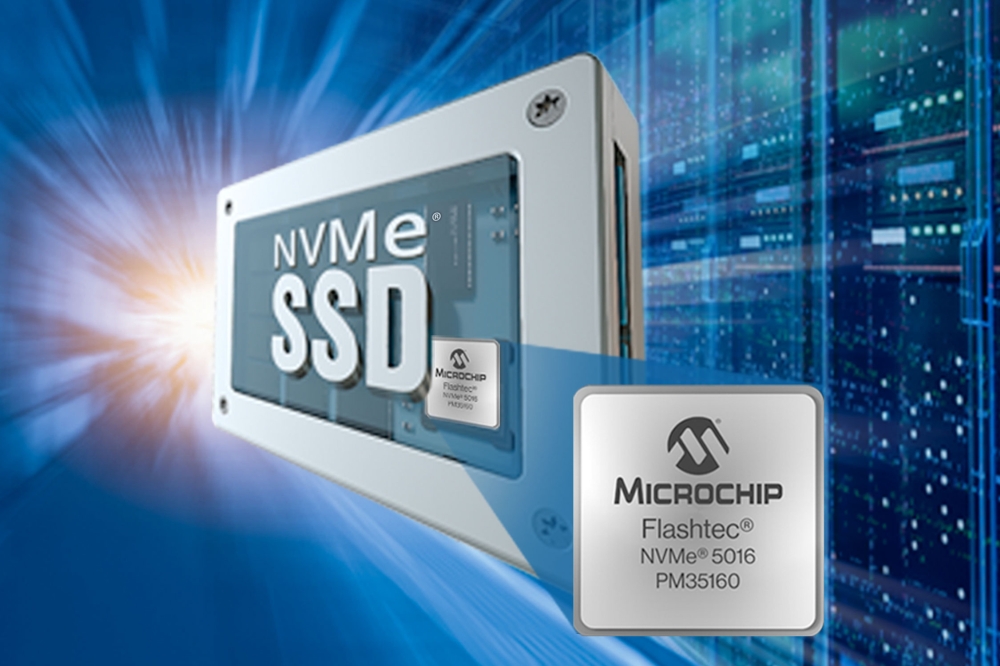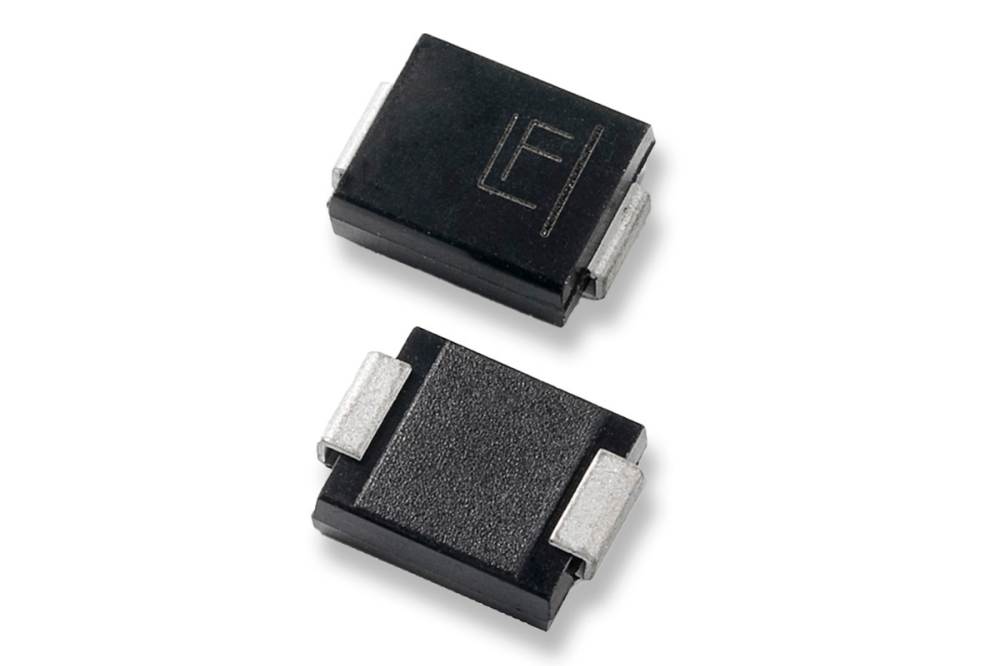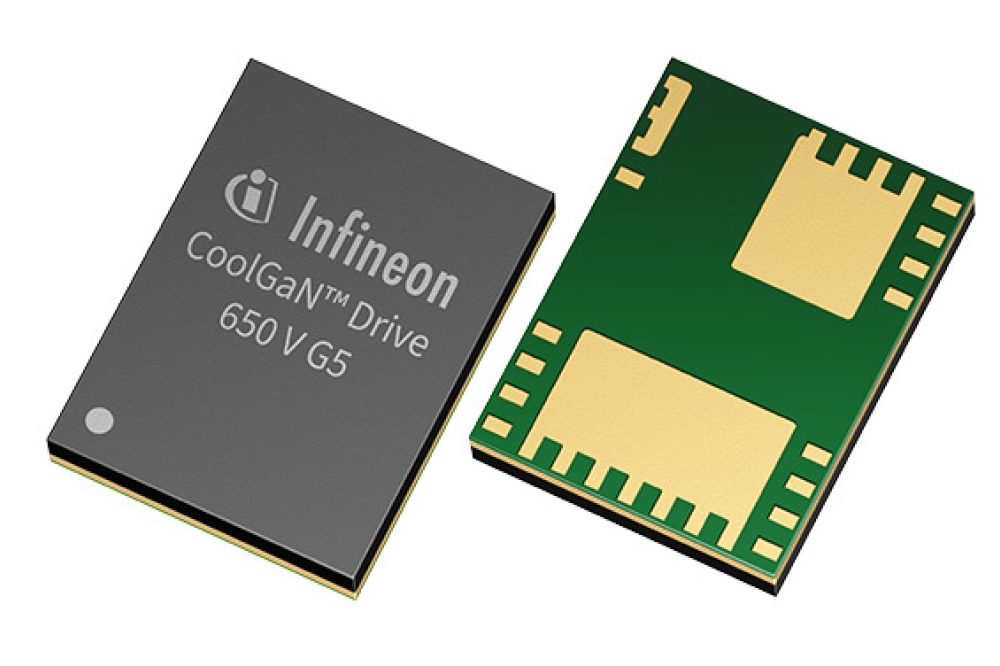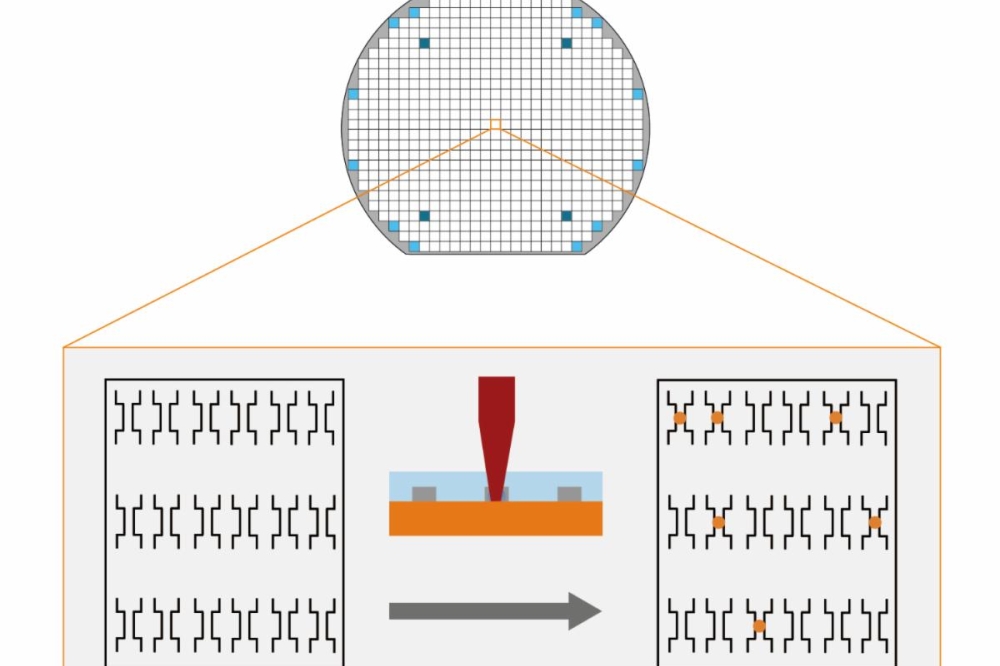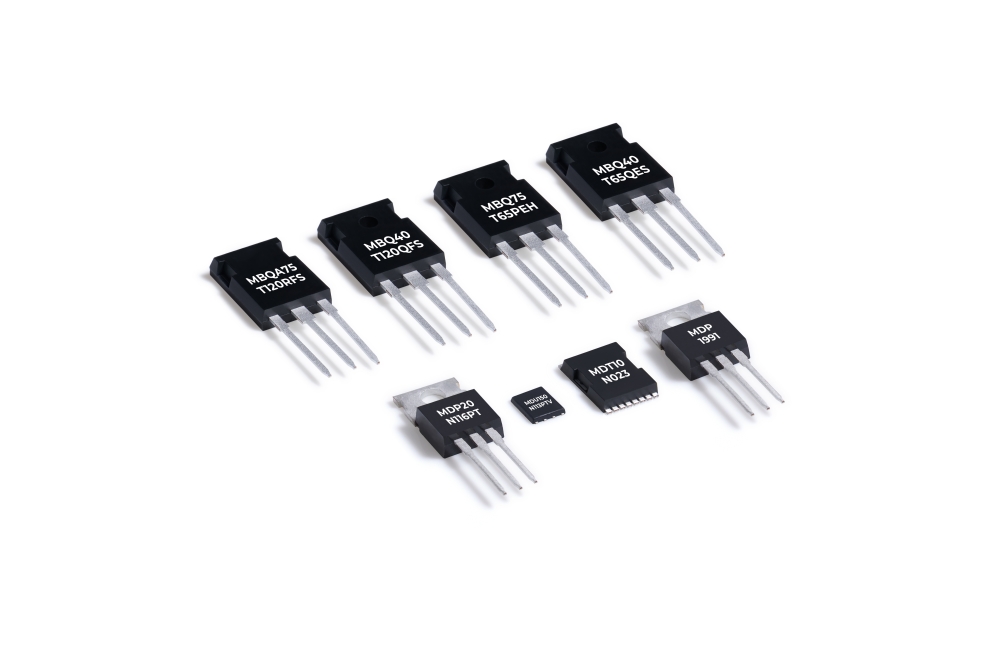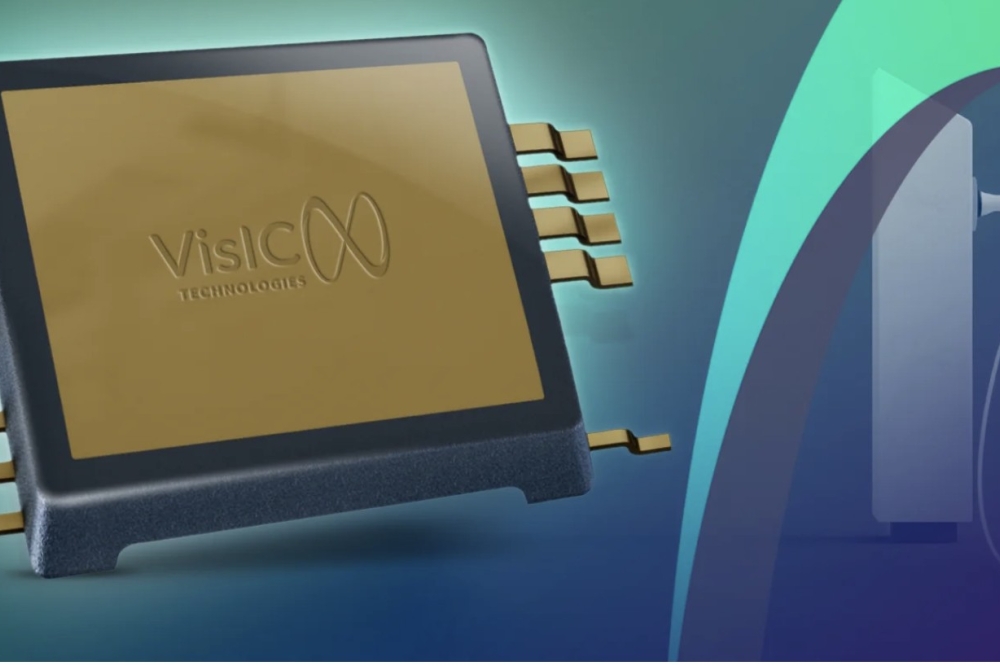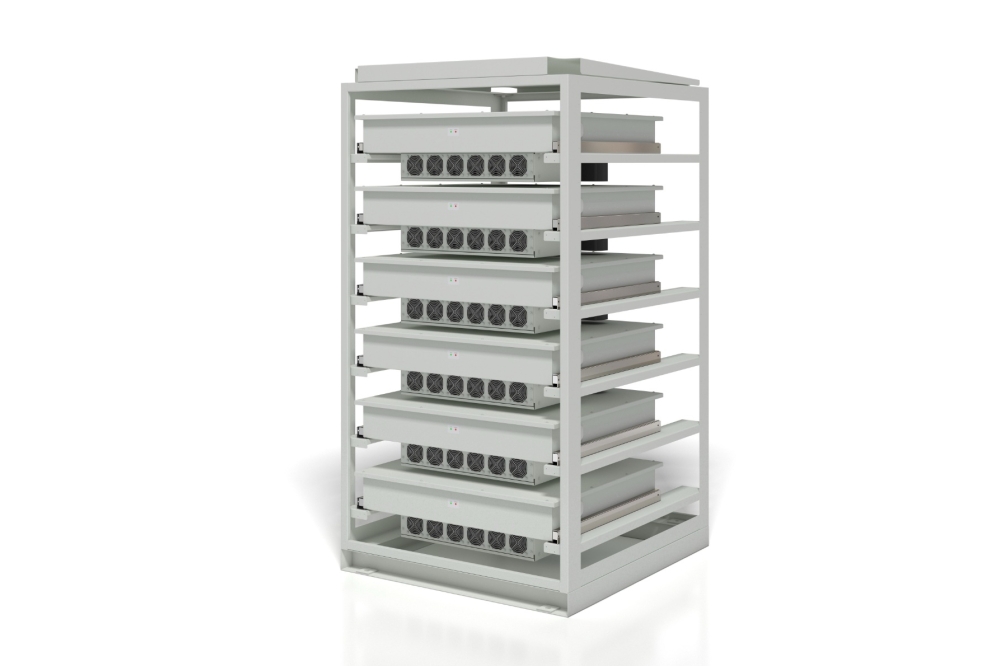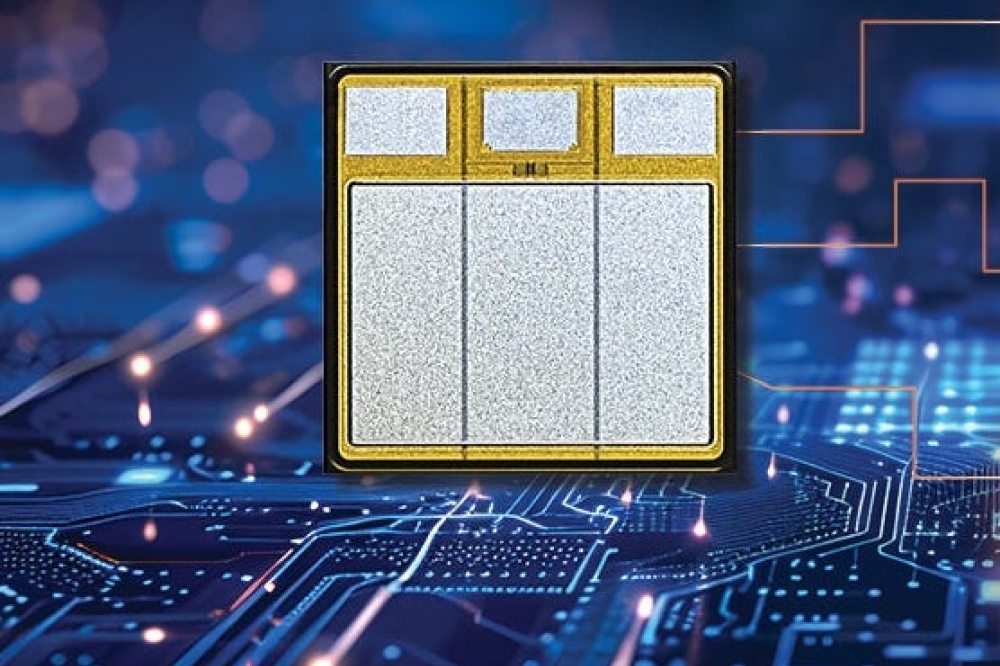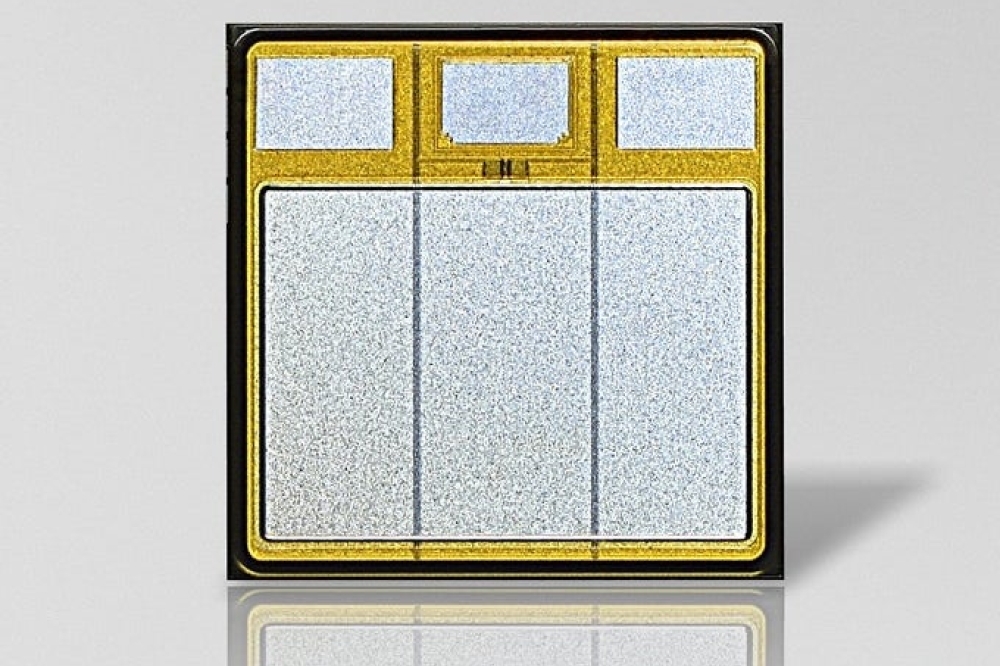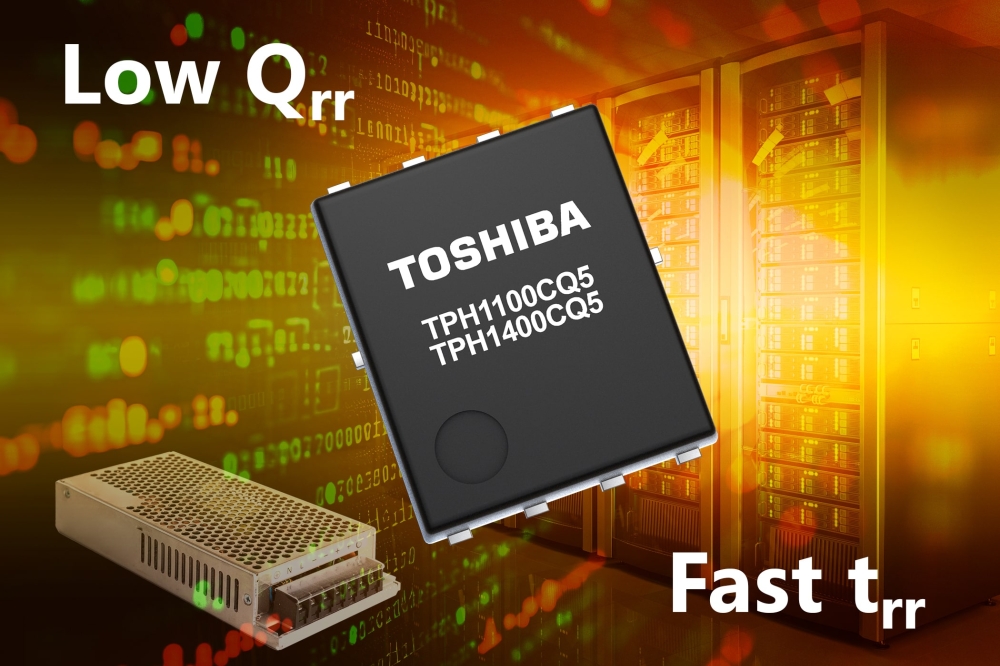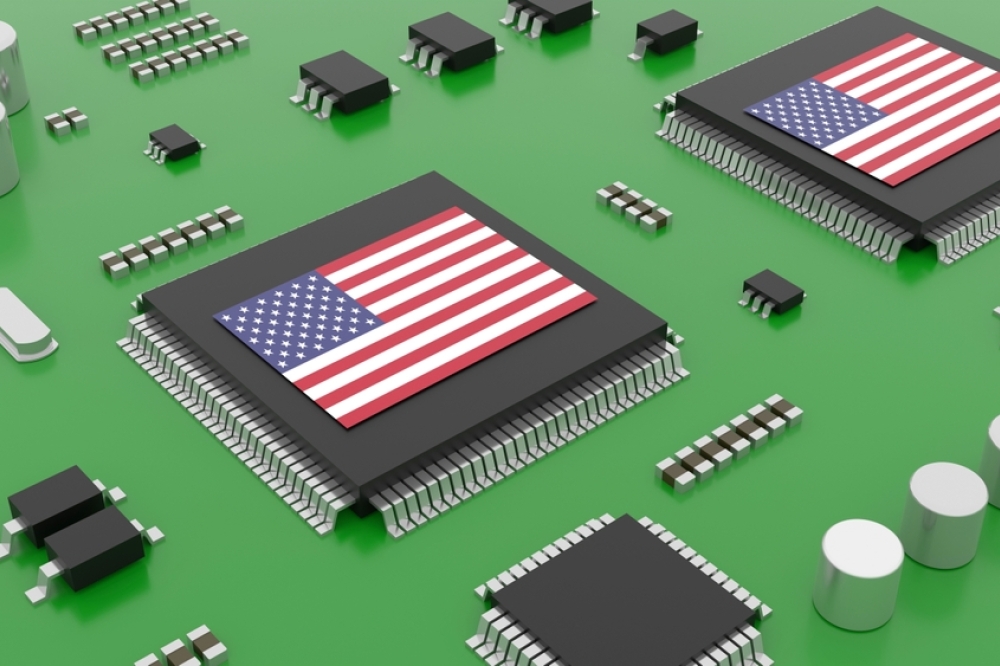Pulsiv releases 96% efficient 65W USB-C design
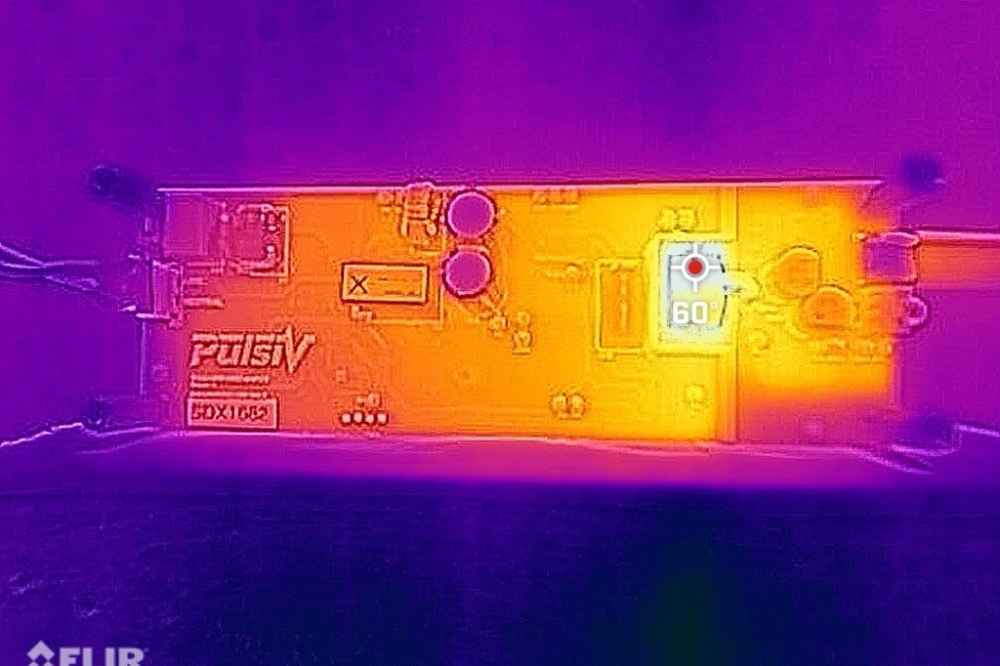
Pulsiv, a Cambridge-based power electronics innovator, has released what it believes is the world’s most efficient 65W USB-C GaN optimised reference design developed to address the challenges associated with thermal performance in power supplies.
The PSV-RDAD-65USB reference design combines Pulsiv OSMIUM technology with an industry standard QR flyback and optimised, compact magnetics. Pulsiv says the product represents the first in a series of designs aimed at pushing the boundaries of power conversion by drastically lowering operating temperatures, minimising losses, and reducing size to create a sustainable platform for the USB-C standard.
Pulsiv’s chief product officer, Tim Moore has been managing the development of this design and comments: “Our mantra has always been focused on developing solutions that ‘do more while using less’ and this design demonstrates how Pulsiv OSMIUM technology can deliver fast charging without the associated complexity of managing high temperatures."
He added: "With 30 percent lower component temperatures, no inrush current, and high efficiency, we enable designs to become safer, smaller, and be more reliable.”
At full load, the flyback transformer reaches 33.9°C at 230VAC and 30.3°C at 265V above an ambient temperature of 26.1°C. Pulse says this achievement is likely to set a new benchmark and enables 65W fast charging in space constrained environments and/or heat sensitive applications such as in-wall plug sockets that incorporate USB-C connectivity.
Pulsiv OSMIUM technology senses AC line voltage and frequency to adjust capacitor charging time, therefore the circuit draws no line current at the AC zero voltage crossing. This enables a simple half-active bridge implementation to increase efficiency, especially at low line conditions. MOSFETs in the lower half of the AC to DC bridge are carefully controlled, in combination with high-side diodes. The company says that the half-active bridge in this design strikes the delicate balance between efficiency, cost, and complexity and supports universal input with efficiency gains of 0.7 percent at full load from a 115V AC supply.
Pulsiv OSMIUM technology generates a HVDC output that varies between the peak AC input and 150V to drive the QR flyback at maximum efficiency. The wider voltage range significantly reduces primary side inductance to enable the use of an EQ20 transformer which was developed in partnership with magnetics experts, Frenetic.
CEO, Chema Molina comments: “Our team of magnetics experts have demonstrated that Pulsiv OSMIUM technology maximises efficiency and reduces the size of the flyback transformer to a level we’ve not seen before. This significant development will enable customers to improve performance, reduce size, and lower the cost of their design and we’re excited to be part of such an innovative solution”. This results in a 20 percent size reduction and 50 percent efficiency improvement compared to an RM8 core typically used in other designs.”
Pulisiv says that GaN transistors from Innoscience have lowered the RDSon and parasitic capacitance to reduce losses and optimise cost in both the flyback and synchronous rectifier sub-systems. General manager for Innoscience EMEA, Denis Marcon adds: “We’ve demonstrated that GaN technology is perfectly suited to increasing efficiency, reducing losses, and optimising cost but Pulsiv OSMIUM technology adds further benefits by significantly improving the overall performance and reducing energy waste. Their technology is truly game-changing, and I’m delighted that Pulsiv has chosen to incorporate Innoscience GaN devices in this reference design.”



